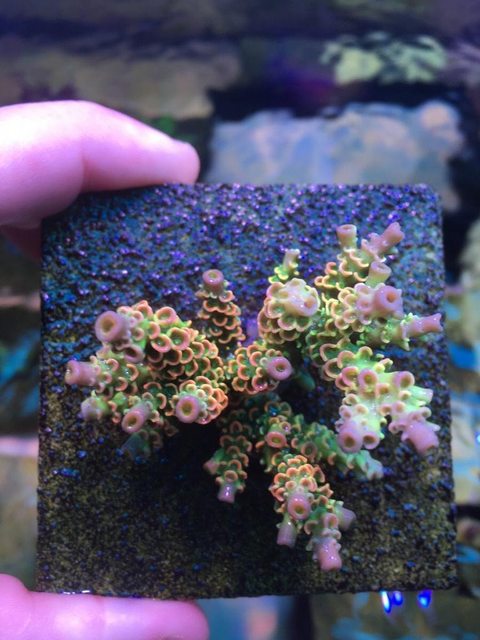Yes if the diameter is small (around 2-3 cm - just stack then in a larger tube) My point is that a media can show a huge theoretical area but in real life only a small part will be active because of lack of oxygen in the fine structure.You should 'stack' them side by side. A honeycomb with internal substructure is also frequently used, or just rows of triangles.
Sincerely Lasse



















